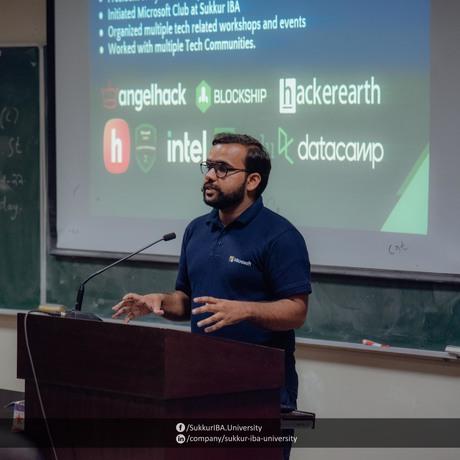Deep Learning based Water floating Waste detection and cleaning robot using Intel® oneAPI Deep Neural Network
- 0 Collaborators
Deep Learning based Water Floating Waste Detection and Cleaning Robot using Intel® oneAPI Deep Neural Network aims to develop an intelligent robotic system capable of detecting and cleaning waste in bodies of water using deep learning techniques and the Intel® oneAPI Deep Neural Network (oneDNN) ...learn more
Project status: Under Development
Robotics, Internet of Things, Artificial Intelligence, Performance Tuning
Groups
Student Developers for oneAPI
Intel Technologies
DevCloud,
oneAPI,
Intel® Core™ Processors,
Intel Python
Overview / Usage
The project titled "Deep Learning based Water Floating Waste Detection and Cleaning Robot using Intel® oneAPI Deep Neural Network" aims to develop an intelligent robotic system capable of detecting and cleaning waste in bodies of water using deep learning techniques and the Intel® oneAPI Deep Neural Network (oneDNN) framework.
The objective of the project is to address the critical issue of water pollution by leveraging the power of deep learning algorithms to identify and remove floating waste materials efficiently. The robot will be equipped with various sensors and a camera system to capture real-time images and data from the water surface.
The project will utilize the Intel® oneAPI Deep Neural Network (oneDNN) framework, which provides a comprehensive set of tools and libraries for optimizing deep learning workloads on Intel® hardware. The framework will enable the development and deployment of high-performance deep learning models on the robot's hardware, ensuring efficient and accurate waste detection.
The project aims to contribute to environmental sustainability by providing an intelligent robotic solution for efficient water waste management. By leveraging deep learning techniques and the Intel® oneAPI Deep Neural Network framework, the system will enable automated waste detection and cleaning, reducing the environmental impact of water pollution and promoting cleaner and healthier water bodies
Methodology / Approach
The key components of the project include:
- Sensor Integration: The robot will be equipped with sensors to collect data about the water environment, such as temperature, pH levels, and turbidity. These sensors will provide additional contextual information for waste detection and cleaning.
- Image Processing and Deep Learning: The captured images will undergo preprocessing and feature extraction techniques to enhance the quality of the data. Deep learning algorithms, implemented using Intel® oneDNN, will be trained on labeled data to recognize different types of waste materials present on the water surface.
- Waste Detection and Localization: The trained deep learning models will be deployed on the robot's hardware to perform real-time waste detection and localization. The models will analyze the captured images and identify the presence of floating waste, accurately determining its location and size.
- Navigation and Cleaning Mechanism: Once waste is detected and localized, the robot will autonomously navigate to the identified location using its propulsion system. It will employ a cleaning mechanism, such as a suction or grabbing device, to remove the waste from the water surface and store it for later disposal.
- Performance Optimization: The Intel® oneAPI Deep Neural Network (oneDNN) framework will be utilized to optimize the performance of the deep learning models. This includes leveraging the hardware acceleration capabilities of Intel® processors and optimizing the computational efficiency of the algorithms to ensure real-time waste detection and cleaning.



